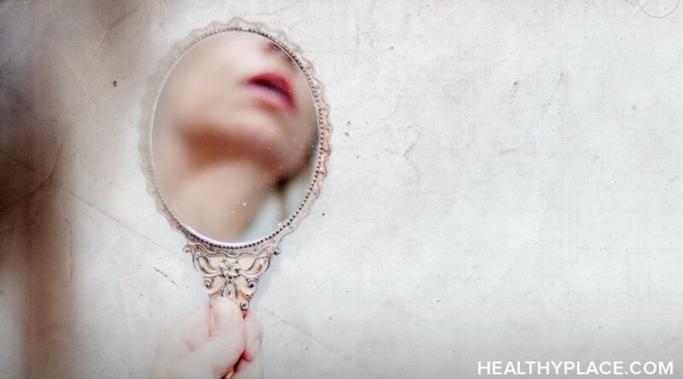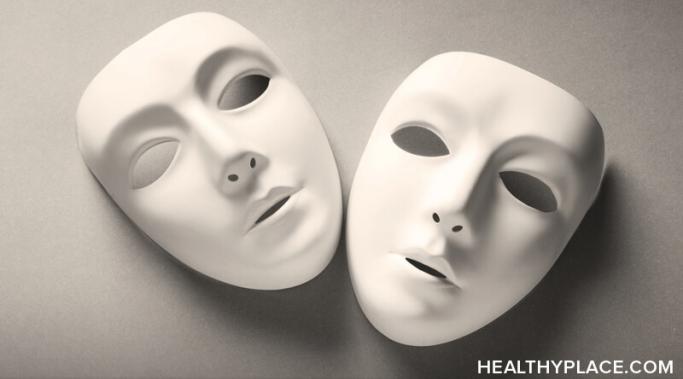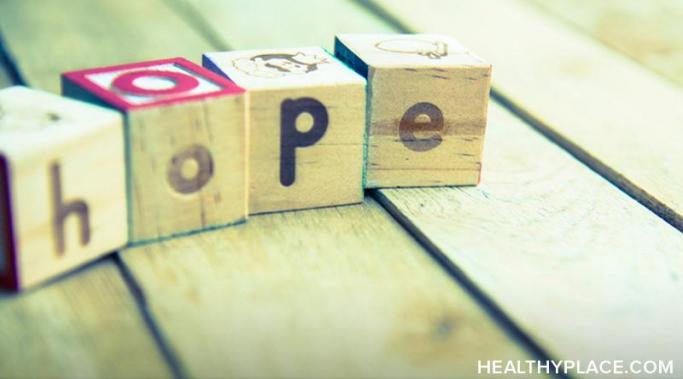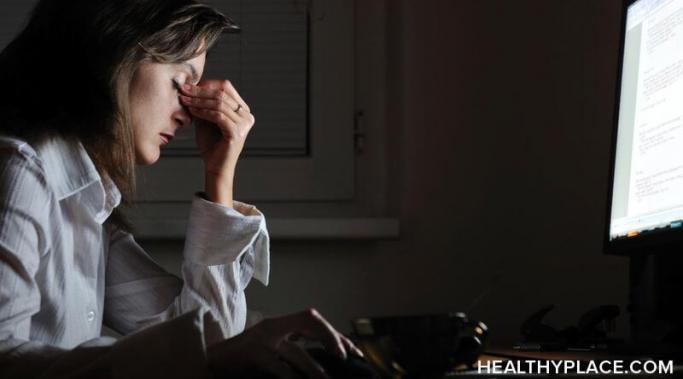Borderline personality disorder (BPD) affects me in many ways. If you really know me -- we're talking roommates and family -- you'd catch onto the petulance, those bursts of childlike fury that bubble up out of nowhere. On the outside, borderline personality disorder has me spinning with emotions, intense reactions, and a sprinkle of unpredictability. However, what seems to be a mood affliction is actually a batch of survival tactics that collectively comprise the framework of my personality. Read on to learn how BPD really affects me.
More than Borderline
The borderline personality disorder (BPD) favorite person dynamic is a double-edged sword, offering deep connection but also leading to emotional volatility and a struggle for independence. For me, having a favorite person means elevating someone to a pedestal, be it a best friend, lover, or family member. It's an all-consuming experience that can leave me feeling both exhilarated and overly vulnerable.
I've got this oddly specific fear of abandonment at night. It's bizarre, but when my partner dozes off before me, I feel like a lost child, abandoned at the mall. I'm aware it's not rational; my partner is right there, snug beside me, and I'm a grown adult who's tackled the mall solo countless times. But that lingering fear of desertion from my past creeps in as if it were determined to sabotage the present.
I've encountered an unexpected companion in borderline personality disorder (BPD) recovery. That companion is grief. It's like saying goodbye to that fun (and toxic) best friend who used to call the shots in my life. Embracing the unknown and forging my own trail is a bit intimidating, especially when BPD's been riding shotgun for way too long. Grief in BPD recovery is making itself known.
I want to share what it's like to have borderline personality disorder (BPD) and experience severe emotional triggers in the middle of interactions. Borderline personality disorder triggers are no small thing.
I'm Karen Mae Vister, and I'm overjoyed to be the new author of "More than Borderline." Living with borderline personality disorder (BPD) hasn't been a walk in the park for me. Out of the BPD criteria, I've experienced my fair share of chronic emptiness, emotional roller coasters, and desperate efforts to avoid feeling abandoned. But this blog isn't about dwelling on the struggles; it's about shining a light on the path to recovery and breaking down the stigma surrounding BPD.
Navigating my life with you, my reader has been a privilege; however, this post will be my last. Anyone following my blog knows that my life has been anything but stable. It’s funny; I started writing here to help the borderline personality disorder (BPD) community by sharing my past experiences. I ended up sharing the challenges I was currently facing.
Did you know that the most helpful treatment for borderline personality disorder (BPD) is age? According to a 16-year-long study, 88 percent of patients no longer met the "Diagnostic and Statistical Manual of Mental Disorders" criteria for BPD after eight years, while 99 percent remitted after 16 years. I just turned 30 myself, and my BPD symptoms have greatly improved over the past 12 years. This is my experience with BPD since becoming an adult.
Did you know that burnout is common for individuals with borderline personality disorder (BPD)? In this article, I talk about how I used hard work as an unhealthy coping mechanism and what happened when it all came crashing down, and burnout came for me.
Surviving borderline personality disorder (BPD) is no small victory. I am incredibly grateful to myself for choosing life at a time when my pain seemed infinite. Last time I spoke about why I did not consider suicide as a child. This time, I talk about why I did consider suicide as an adult. (Note: This post contains a trigger warning.)









